Article written by Daffa Konaté, founder of Art Kelen.
In this post, I’ll make you discover many African fabrics such as Bazin, veil of Mauritania, Faso Dan Fani, Kente of Ghana, Royal Ndop of Cameroon. So many fabrics with names that will make you travel and which will soon have no secret for you.
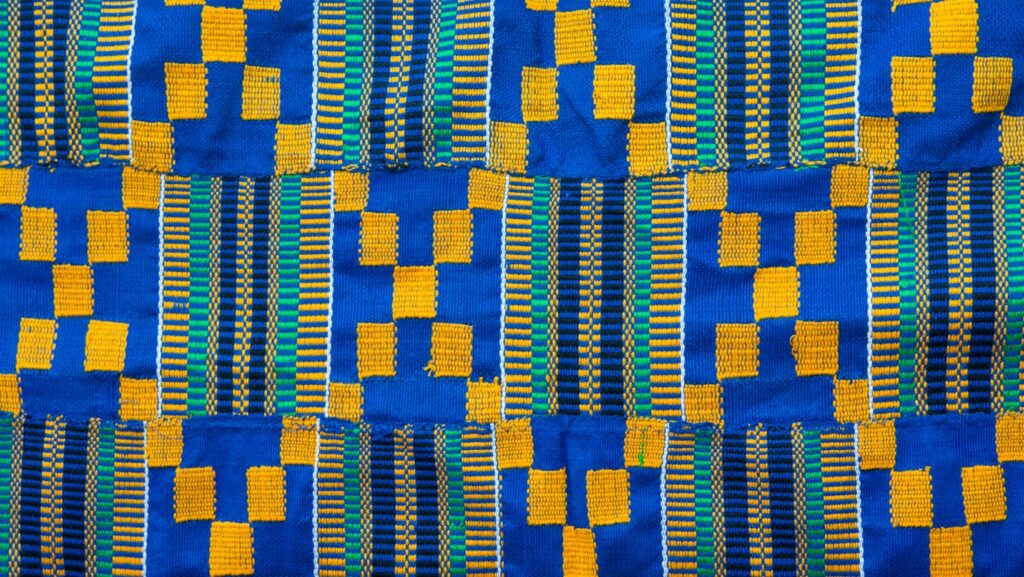
I often talk about wax but Africa is full of rich and various fabrics depending on the country. I wanted to show you the different fabrics available to fulfill your creation and decoration projects.
It must be noted that some of these fabrics, such as wax and bazin, are not produced in Africa but are mainly imported from Germany, Czech Republic, the Netherlands and now China, and that the main buyers are African. Did you know that there are more than 120 million consumers of loincloths and that this number is constantly increasing?
The Bazin, a multi-functional fabric
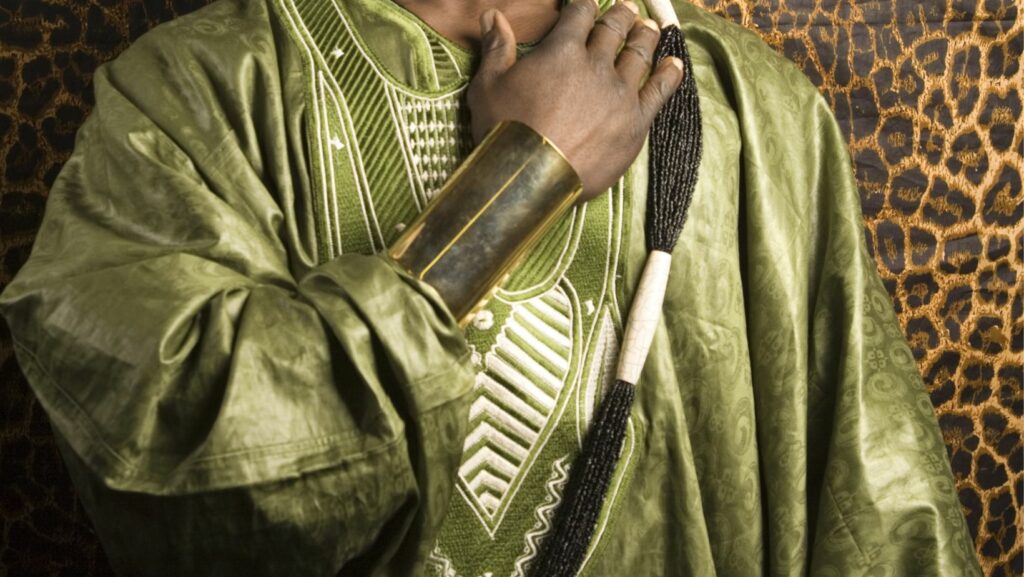
This type of fabric is worn by men and women mainly on important occasions such as weddings, deaths, or baptisms. The particularity of this fabric is its impeccable drape/fall and the undeniable elegance it brings to each outfit. Thus, attending a wedding or baptism is a real pleasure for the eyes, as men but especially women compete on the beauty of their outfits, with rich and varied patterns and colors.
The bazin is a white fabric made of 100% cotton, manufactured mainly in Europe, damasked, dyed and starched through a dip in a bath of gum. The fabric is then hit by “bazin beaters” with a wooden stick on a wooden block. This way the simple cotton fabric is transformed into a noble bazin. Embellished with embroidery and topstitching, it becomes the perfect outfit for occasions.
There are 3 qualities of bazin and, depending on the quality , it can be used in upholstery fabric to create curtains, table linen or as clothing fabric.
Mali is the biggest producer of bazin in Africa. Malian bazin has the best reputation due to its good quality. In Bamako, you will find a multitude of thriving dyeing workshops, producing for both the local market as well as other West African countries and importers from around the world.
The veil of Mauritania, your best ally for summer
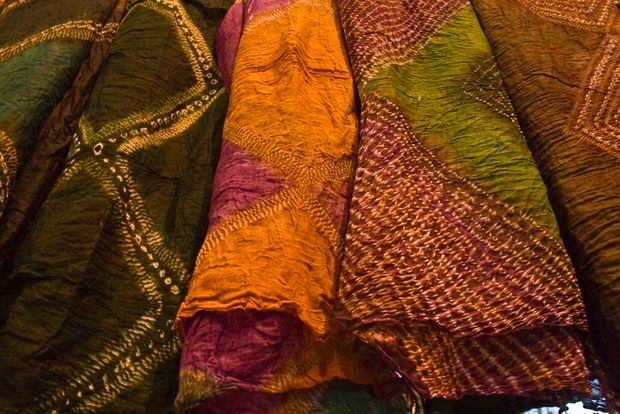
The veil is a light cotton fabric appreciated by Mauritanian women, who wear it as the main fabric for their boubous. The Soninke women of Mauritania have contributed to popularize the veil beyond the African continent, thanks to the richness of the colors and patterns of the dyes that they apply to this cotton fabric.
Traditionally, women tie the veil first on their shoulders like a tunic, then drape it over their body and cover their head. They use it as their daily clothing.
There are different qualities of fabrics from light veil, to percale, embroidery and even silk. This veil is seethrough, and in my opinion, very feminine. Today, we use this fabric to make skirts, dresses or tunics. It is also used in decoration, for example as curtains. With the great summer heat, we all dream of light clothing allowing the body to move without hindering it and suffocating it.
A light dress in Mauritania veil will be your best ally to face the heat wave. Complete it with a matching stole for air-conditioned spaces and cool evenings. If you have a dress design in mind, the Mauritania veil is very likely to please you!
Do you know the Faso Dan Fani, the woven loincloth of Burkina Faso?

“Fasi Dan Fani” means “woven loincloth of the homeland”. The Faso dan Fani is the symbol of the Burkinabe patriotism. In a country where the cultivation of cotton, which is not genetically modified, is one of the first national income and where the tradition of weaving is very old, these heavy cotton loincloths have quickly become essential for the making of both traditional and contemporary clothing.
The development of this fabric was supported by a political will, notably thanks to Thomas Sankara. There are many actions to promote this textile both in Burkina and among the diaspora. Traditionally, the Faso dan fani is made on the model of a loose unisex tunic.
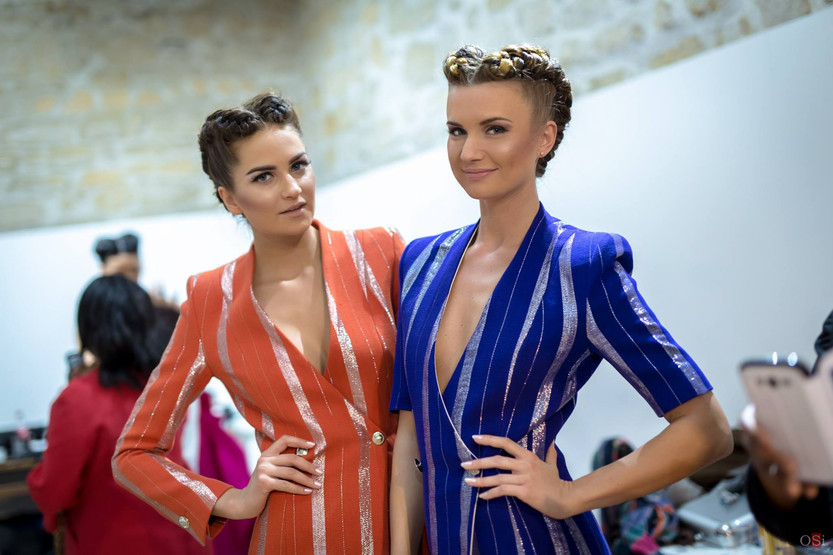
Lately, designers and stylists have appropriated this textile to offer chic and modern clothing such as men’s shirts or women’s jackets and dresses. This fabric also works wonders when used for interior decoration as cushions or table runner.
Discover Ghana’s Kente, a royal fabric
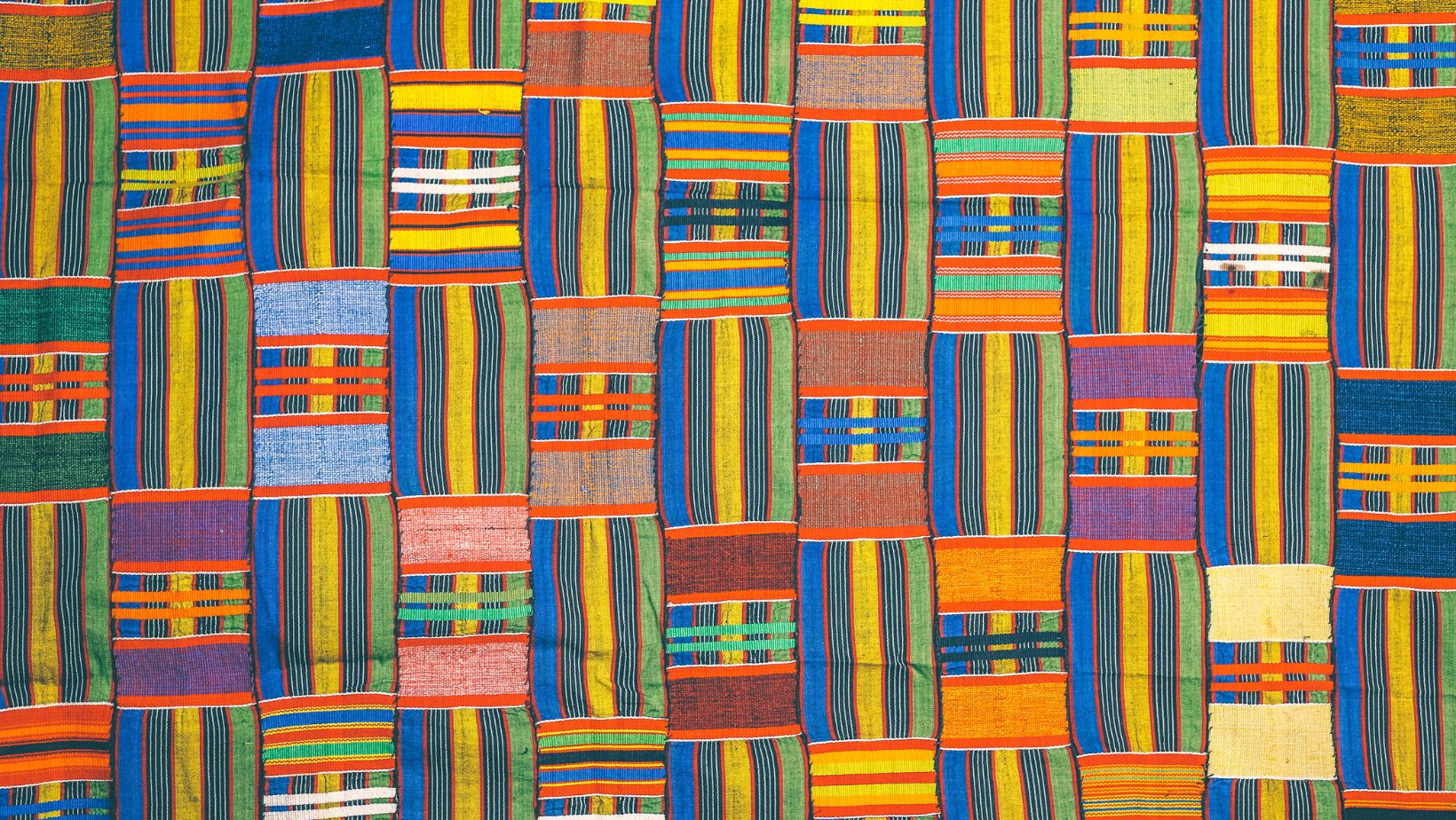
Kente cloth, also called “Kita”, is probably Ghana’s best known traditional cultural contribution. This fabric is famous for its shimmering colors and symbolism. Kente is made by very experienced weavers. The main weavers are found in the Ashanti region around Kumasi. There are also some in the Volta region. In these regions, it is very common to see many artisans throwing their shuttles from right to left to make long strips of Kente cloth. These strips are then sewn together to create the large boubous worn by the Ghanaian people, especially the chiefs, during great ceremonies.
The colors and patterns are carefully chosen by the weavers and their customers. Each symbol in the Kente cloth has a specific cultural meaning. The large Ghanaian Kente can be used as plaids, curtains or to make cushions. An ideal fabric to give a royal look to your interior, whether for your living room, library or even your bedroom.
Royal Ndop from Cameroon
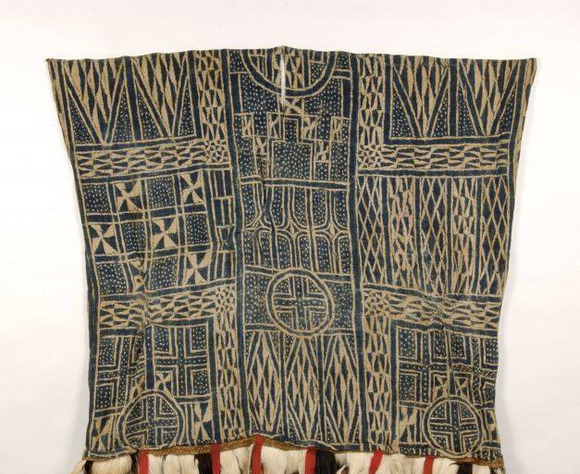
Just like the Faso Dan Fani in Burkina Faso, the Ndop or Dze Ndouop is a traditional and ritual fabric of Bamiléké, an ethnic group of Cameroon. The fabric, in its original form, is an assembly of cotton strips sewn edge to edge. The white geometric patterns on a blue indigo background give it its particular identity. The Ndop fabrics of the Bamiléké are made of narrow strips made of woven cotton. While the first step is carried out in the North of the country, not far from Garoua, it is then the Bamiléké women who apply, with the help of raffia thread, the motifs that will be dyed with the indigo.
The very diverse decorative drawings are inspired by the adornment of the traditional houses and the drawings of the Wukari from Nigeria, a country where this textile tradition originally comes from. Today Ndop, like the previous fabrics, is used by many stylists and fashion designers. A particular fabric rich in symbolism for a unique garment.
Want to buy some African Fabric?
Head to our online shop: https://www.lacotonnerie.com/collections/ethnic-fabrics and if you are looking for African home decor, click here: https://www.lacotonnerie.com/collections/bogolan-cushion-cover-africa
Daffa Konaté is the founder of Art Kelen which promote the African culture through art. If you want to discover more about her work and the artists she supports or buy African art pieces, don’t hesitate to have a look at her website. www.art-kelen.com. You can also follow her on Instagram: @art_kelen






